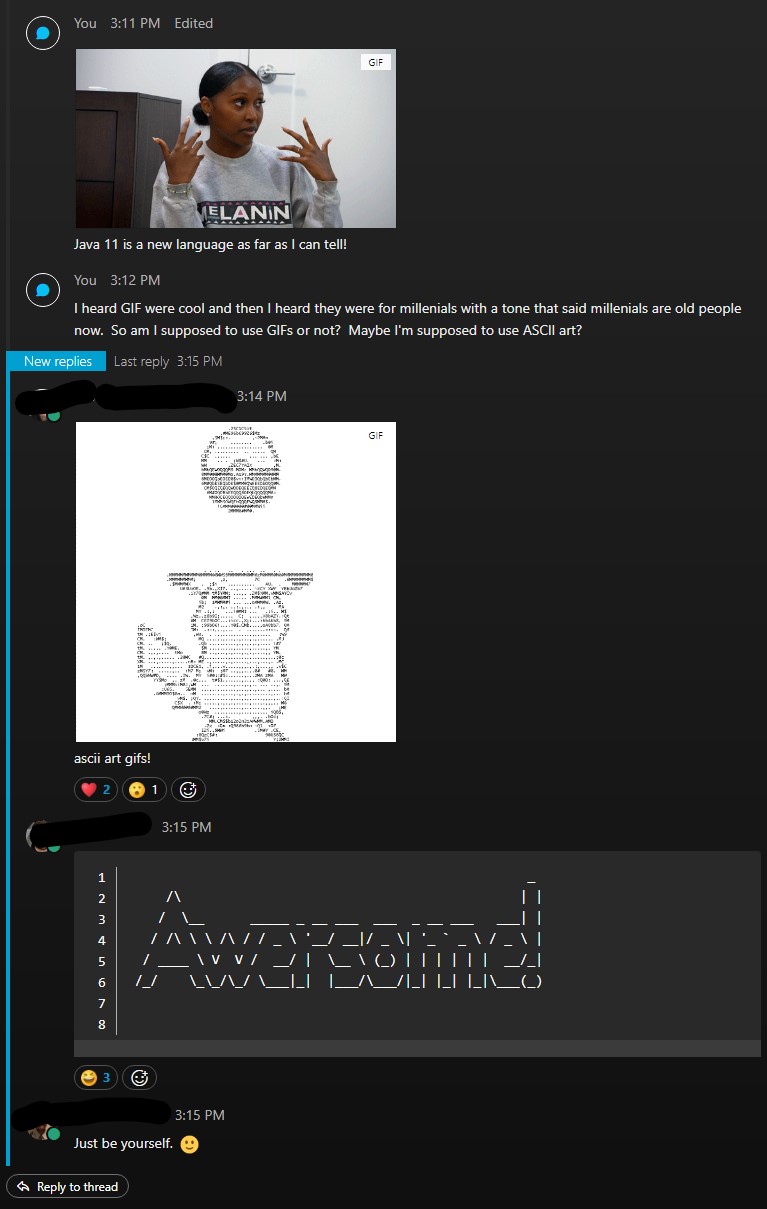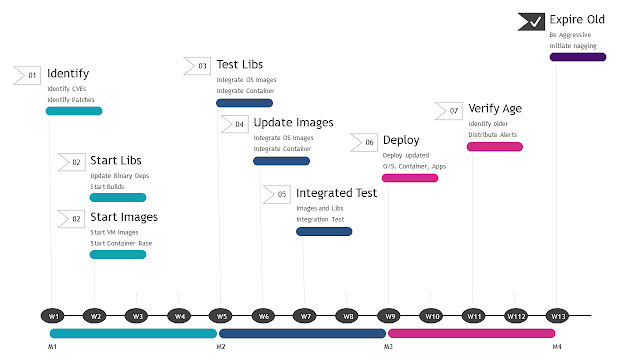DNS for Azure Point to Site (P2S) VPN - getting the internal IPs

I wanted to access all my Azure resources without making any of them visible to the Internet. The easiest give my local machine access to everything on my Azure Virtual Network (VNET) was to connect to it over VPN. It turns out creating Azure VPN gateways and connecting to Azure VPN endpoints is easy. There are some subtleties in getting DNS name resolution to work that can confuse when first starting out. Setting the Stage There are a few ways to get to Azure endpoints and resources that are blocked from the internet. We can Create a Point-to-Site connection from our local machines to Azure Network Gateways Create a Site-to-Site network connection from our local networks to Azure Network Gateways. Use Bastion Hosts Use Cloud Shell Leave everything open to the internet. I chose a Point-to-Site (P2S) VPN connection that connects from my laptop to a VNet Gatewa...



